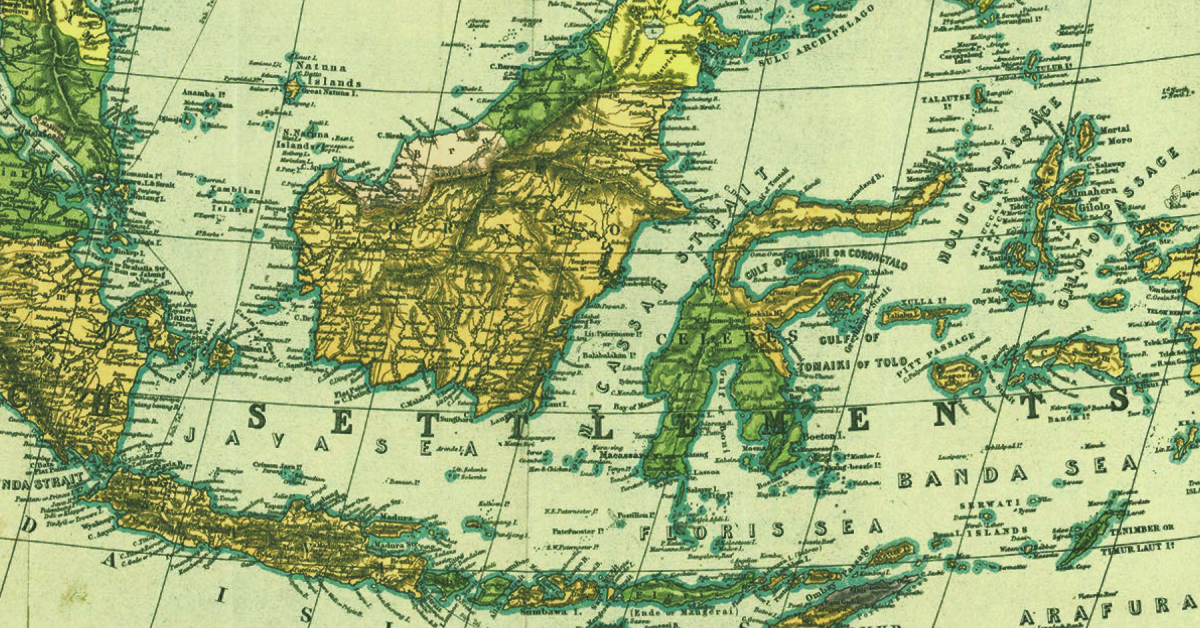Christina L. Truong
University of Hawaiʻi at Mānoa Ph.D. Dissertation
This dissertation investigates applicatives in the western Austronesian languages of Indonesia,
Malaysia, Brunei, and Singapore—that is, West Nusantara—and adjacent areas of the Philippines
and mainland Southeast Asia. As used in this study, an applicative construction (AC) is a kind of
clausal construction in which overt morphology on the verbal complex coincides with the selection of a peripheral semantic role (e.g. beneficiary, goal, instrument) as a core clausal argument.
In many of these languages, applicative alternations signaled by such verbal morphology—as
well as causative, aspectual, and semantic alternations signaled by the same morphemes—shape
and color the use of verbal predicates throughout the entire language.
A primary goal of the study is to understand the applicative systems of West Nusantara in
typological context, but also on their own terms, in the context of the diachronic and synchronic
systems in which they developed and are used. Special attention is also given to broadening the
description and cross-linguistic comparison of West Nusantara ACs and their functions, properties, and usage.

